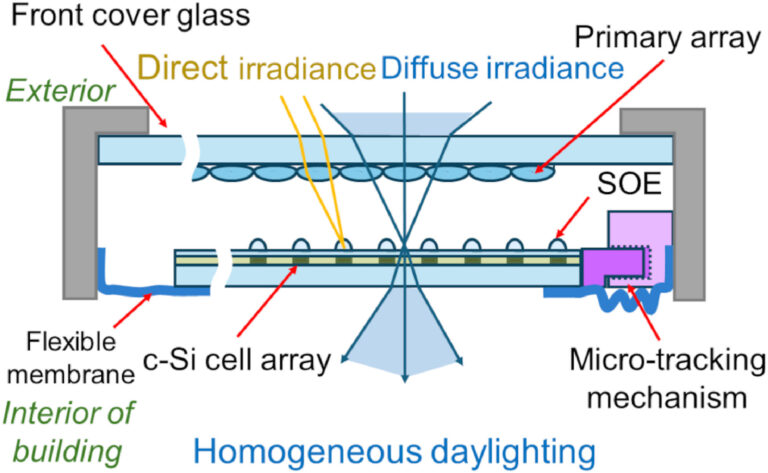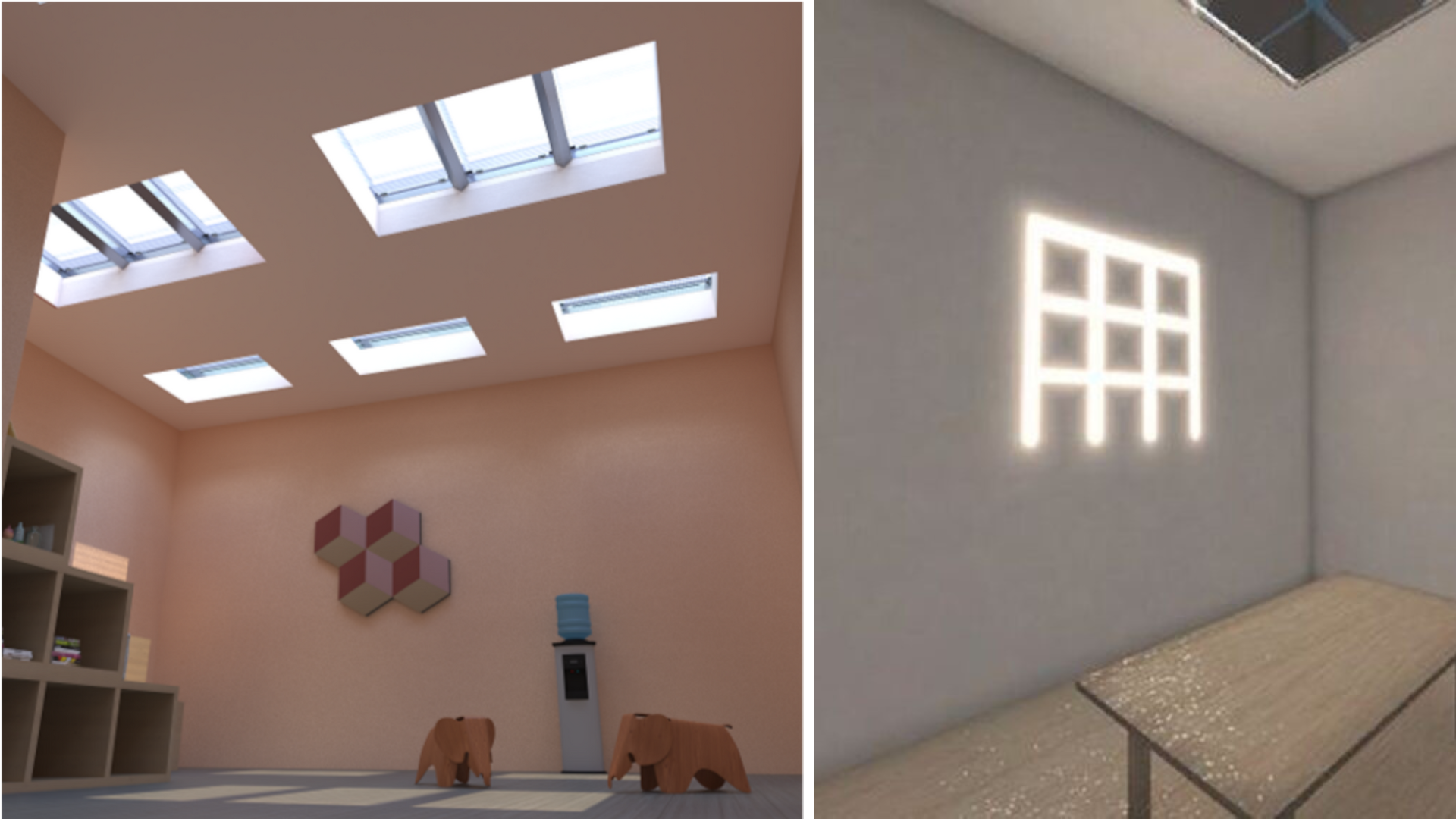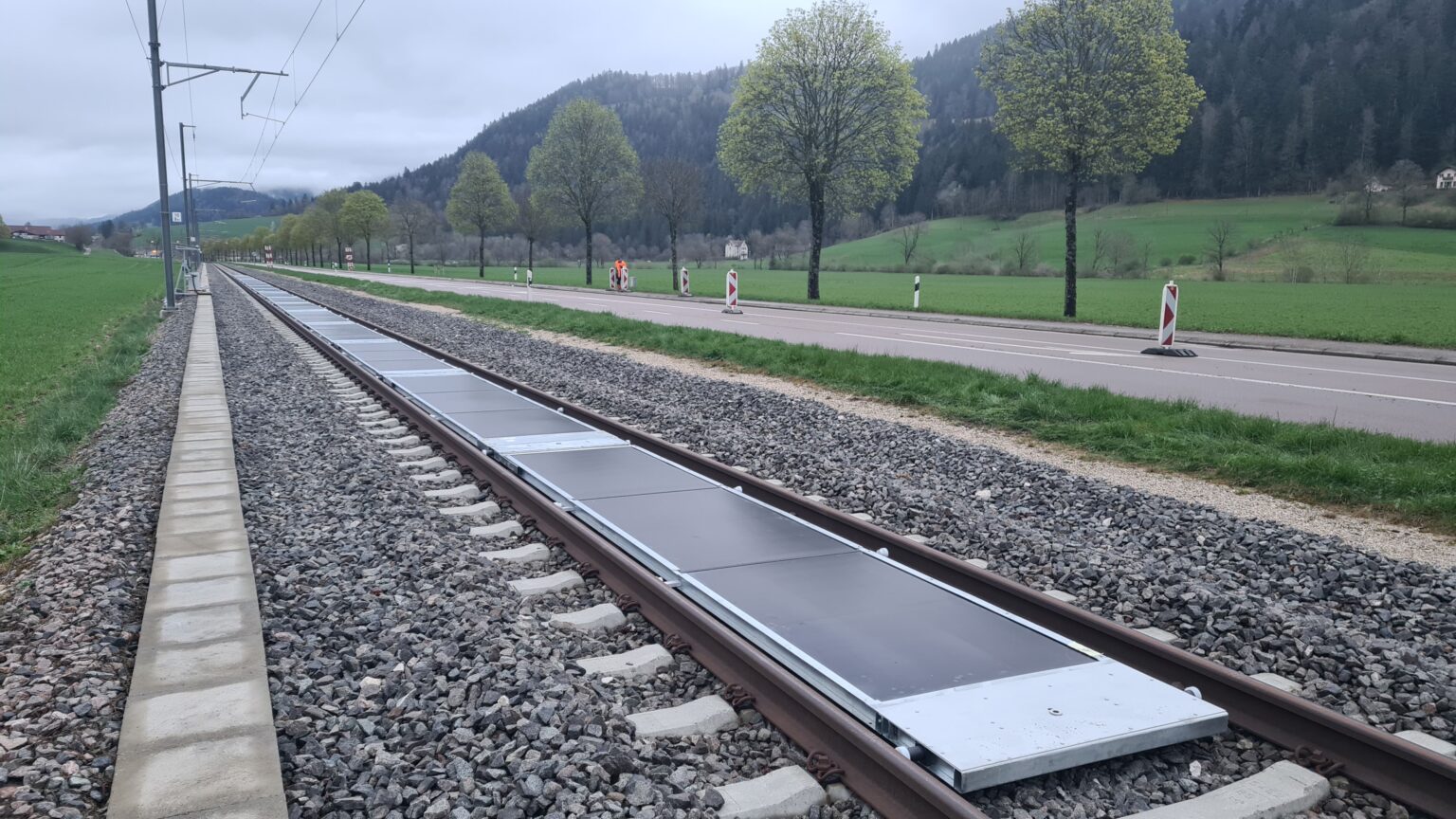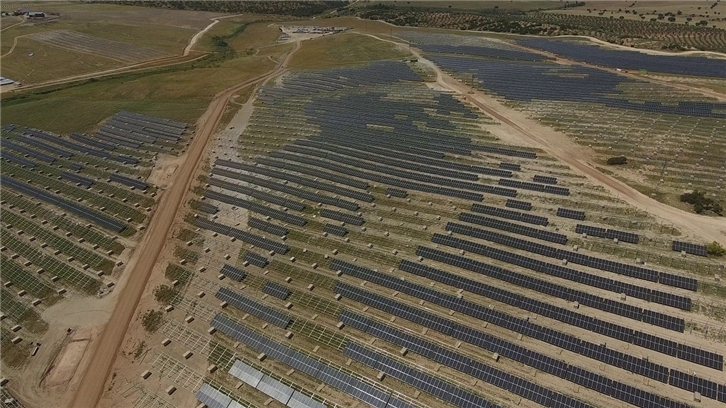Researchers from the Technical University of Madrid in Spain have developed a building-integrated PV (BIPV) module that acts as a smart blind that protects building users from direct light, but still reduces the need for artificial daylighting.
“Unlike conventional semi-transparent PV modules that compromise between energy generation and daylighting, our design converts only direct light into electricity, while transmitting the soft diffuse fraction of sunlight into the building,” the research's lead author, Almudena García Sánchez, told pv magazine. “It offers comfortable glare-free daylighting, as the daylighting transmitted has a very low glare probability, meaning it enhances the comfort of users when compared to conventional semi-transparent BIPV modules that produce high-contrast light-shadow patterns.”
In the paper “A smart semi-translucent building-integrated PV module based on integrated-tracking micro-concentration providing high power density and active daylight management,” published in Solar Energy Materials and Solar Cells, the scientists explained that the module integrates a novel design of asymmetric micro-concentrator optics and an integrated planar tracking system. It consists of a moving backplane with an array of thin strips of solar cells capturing the concentrated direct light and converting it into electricity with high efficiency.
“The proposed micro-concentrated photovoltaic CPV approach increases power density while maintaining translucency for daylighting using the diffuse fraction alone,” García Sánchez said.
The module is designed to have single or double glazing on the front side, where the primary optical elements (POEs) consisting of linear Fresnel lenses are molded using ultraviolet nanoimprint lithography (UVNIL). These lenses then concentrate direct irradiance onto solar cell strips placed on the backplane and coupled with secondary optical elements (SOEs) to improve the angular tolerance of the system.
The panel also relies on a transparent backsheet that allows the transmission of diffuse irradiance as low-glare daylighting, with the micro-tracking system displacing the solar cells out of the foci and allowing transmission of direct light.
With this configuration, the system can switch from low- and high-transmission modes and vice-versa or be modulated between these two extremes. “The module is designed to be used as a translucent element of the building envelope,” the academics further explained. “It can be integrated into horizontal roofing elements and vertical façade elements where no direct view of the exterior is required.”
They also said that the system can ensure high power density, as it harvests all the direct light incident on the aperture area, while solar cells in conventional semi-transparent BIPV modules are spaced to allow some light transmission for daylighting.
“The optical design has been tailored to ultraviolet roll-to-plate imprinting processes to enable low-cost, high-throughput production,” they added. “The optical efficiency is higher than 70% across a wide range of angles of incidence, ensuring high electrical efficiency and power density throughout the day in all seasons.”
The research team has already filed a patent application for the new BIPV concept.
“Furthermore, it offers the ability to actively manage the amount of direct light based on user prescriptions or environmental needs, which is not possible in conventional semi-transparent modules,” García Sánchez emphasized. “This and other novelties would solve some of the technical challenges of conventional solar glass or semi-transparent photovoltaic modules for architectural integration, which hinder a faster penetration of BIPV in the construction sector: no active management of transmitted lighting; high glare daylighting under direct sunlight; need of additional solar protection devices such as blinds; low power density if transmitting significant daylighting.”









